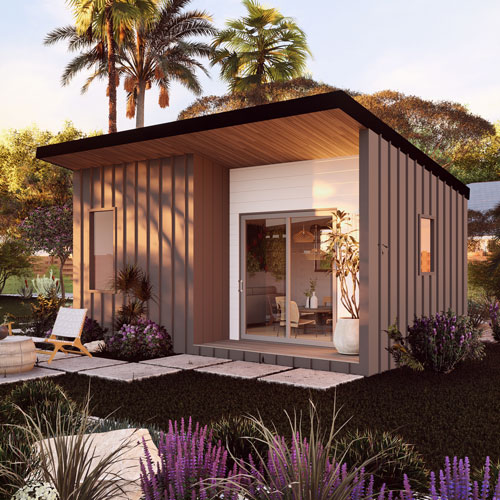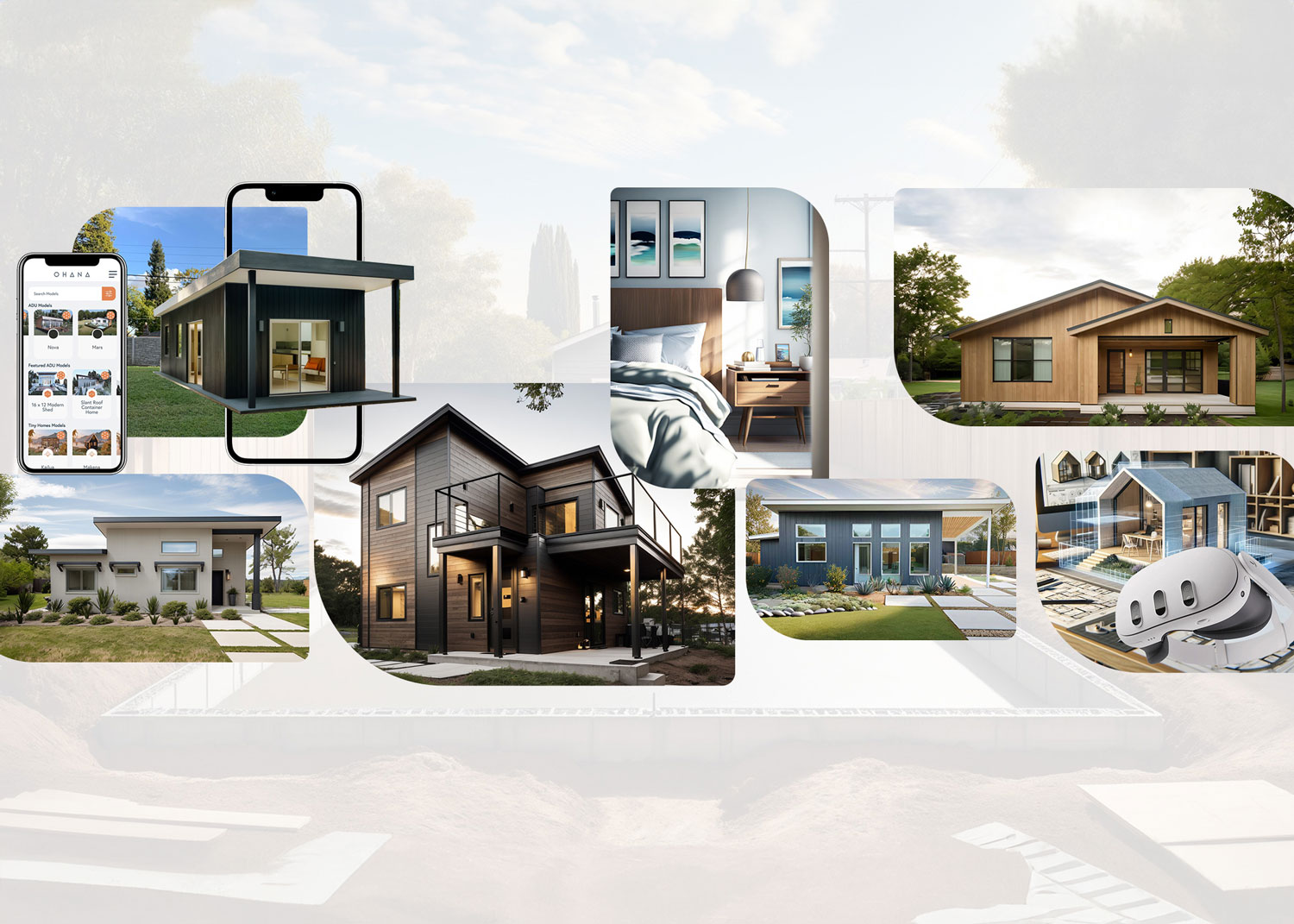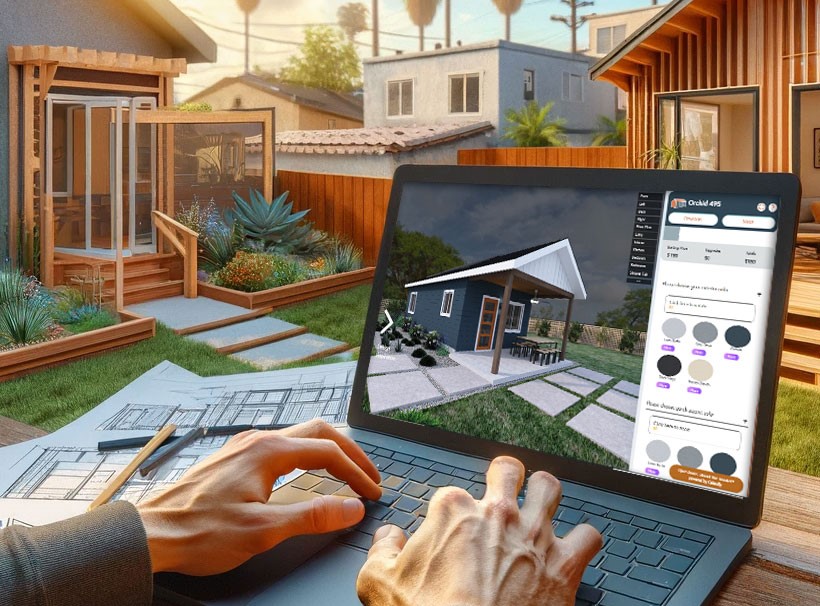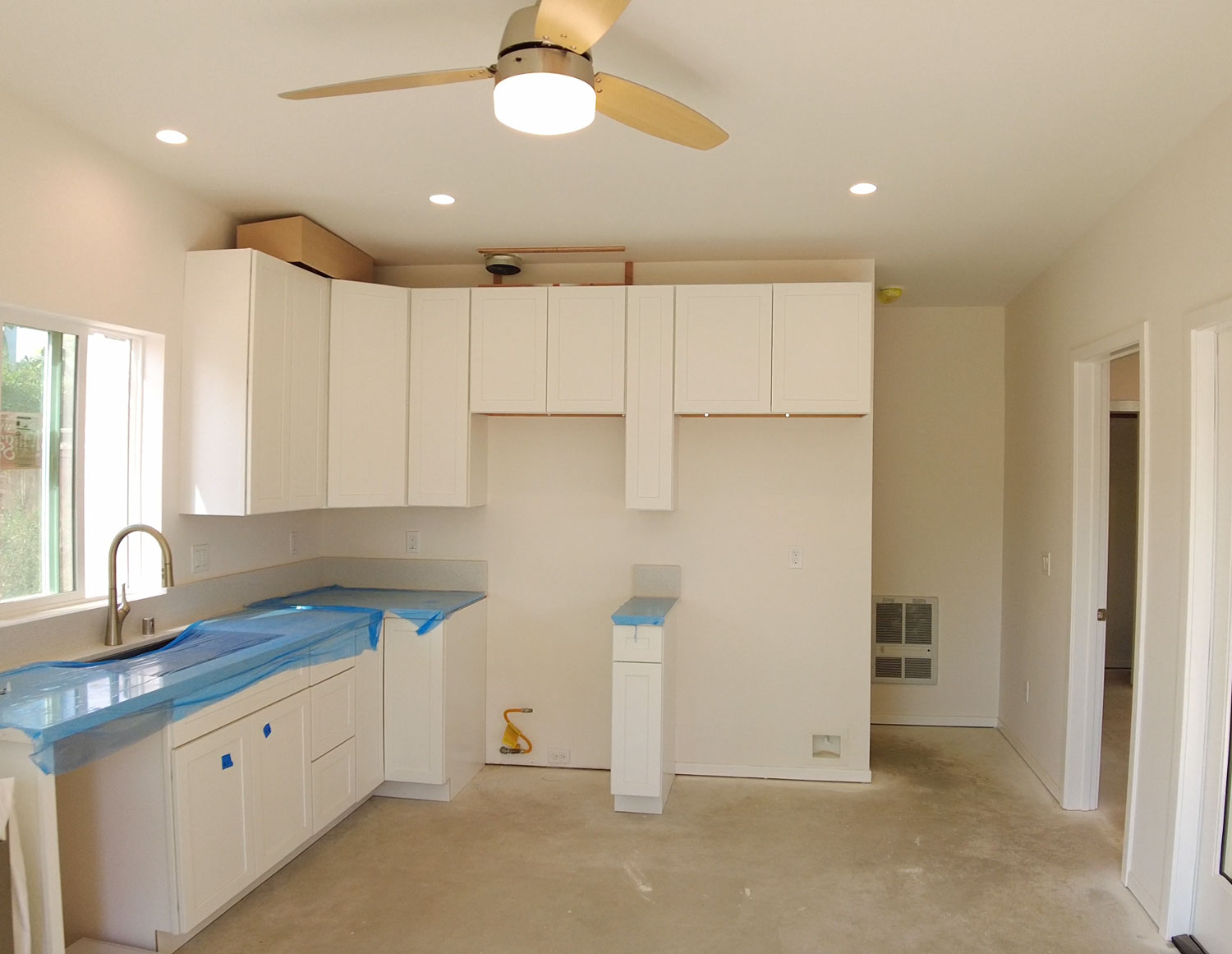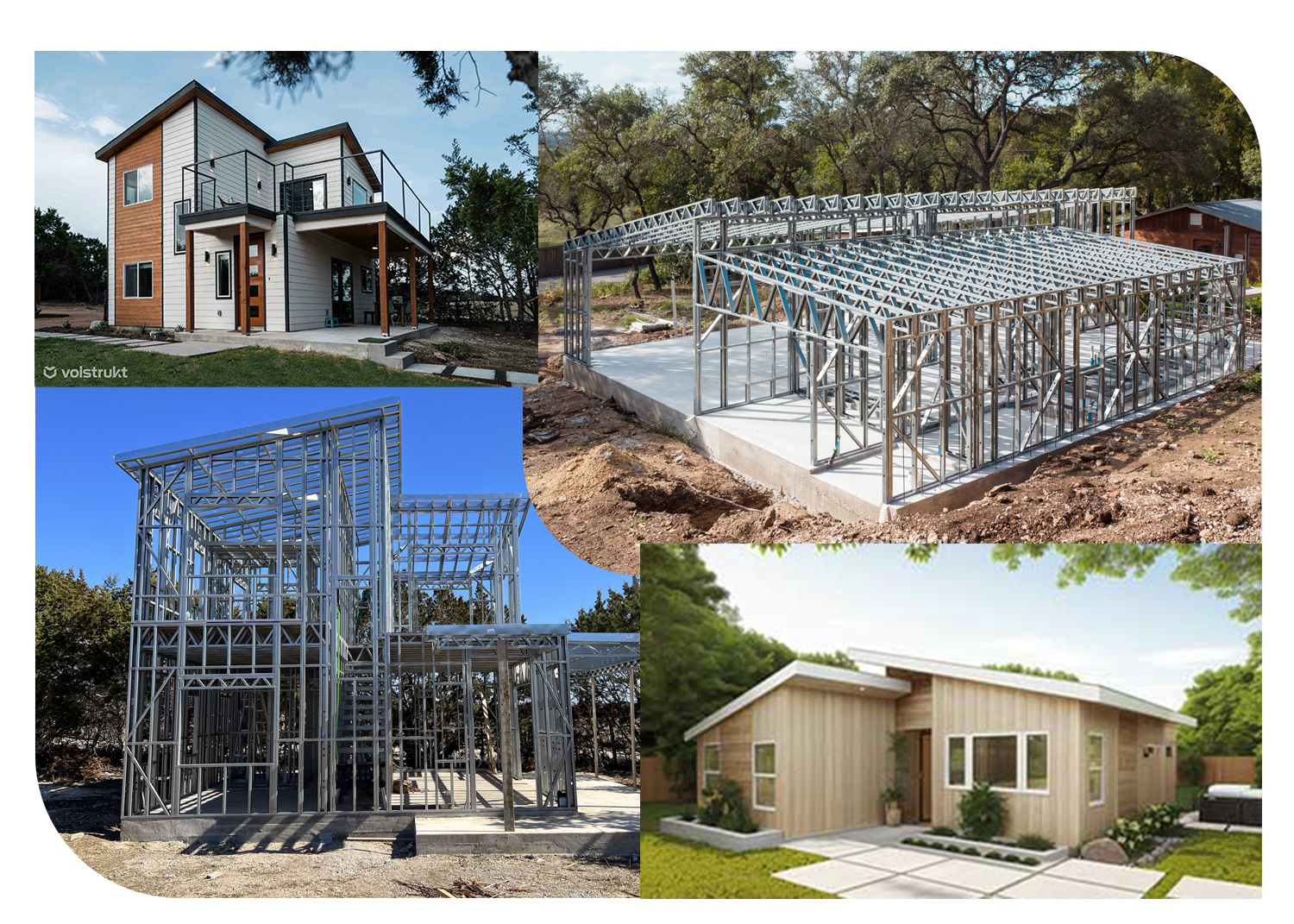The construction landscape is witnessing a pivotal transformation, particularly in the realm of Accessory Dwelling Units (ADUs). With urban spaces becoming increasingly crowded and property prices soaring, ADUs offer a practical solution. However, their construction can be costly and time-consuming. This is where the integration of advanced technology, such as 3D configurators and AI systems, is making a significant impact. Let’s explore how this technology is not only streamlining the building process but also cutting costs significantly.
Understanding the Cost Challenges in ADU Construction
Building an ADU involves various expenses — from design and planning to materials and labor. Traditional methods often lead to extended timelines and unforeseen costs due to design errors, inefficient resource allocation, and delays in construction.
The Technological Solution: 3D Configurators and AI Integration
Our advanced ADU building system harnesses the power of 3D configurators and AI to address these challenges head-on. Here’s how:
- Accurate and Detailed Design Planning: The 3D configurator allows for precise and detailed planning of the ADU layout. This accuracy in the design phase significantly reduces the likelihood of costly errors and alterations during construction.
- Optimized Resource Allocation: AI algorithms analyze various factors such as material costs, labor requirements, and construction timelines, ensuring optimal resource utilization. This results in more accurate budgeting and can prevent overspending.
- Efficient Workflow and Time Management: By simulating different construction scenarios, the system can identify the most efficient construction methods, significantly reducing the time from groundbreaking to completion.
- Reduced Labor Costs: With clearer plans and efficient workflows, the need for prolonged labor on-site decreases, subsequently reducing labor costs.
Cost-Benefit Analysis: The Tangible Savings
To quantify the impact, let's consider a hypothetical cost-benefit analysis. In traditional ADU construction, unforeseen design changes and inefficiencies can inflate original budgets by 10-20%. With our technology:
- Design revisions are reduced, potentially saving 5-10% of the total project cost.
- Efficient resource allocation can cut material costs by up to 5%.
- Labor efficiency can result in an additional 5-10% savings in labor costs.
In a project with an initial budget of $100,000, this technology could potentially save $15,000 to $25,000, a substantial amount in the realm of ADU construction.
Sustainability: An Added Financial Benefit
Sustainability is another crucial aspect. Our system promotes eco-friendly practices, which can lead to long-term savings. Energy-efficient designs and sustainable material suggestions not only benefit the environment but also reduce energy and maintenance costs for the end-user.
The Future of Cost-Efficient ADU Building
The integration of 3D configurators and AI into ADU construction is more than a technological leap; it's a cost-effective strategy. By reducing the likelihood of errors, optimizing resources, and streamlining the construction process, this technology presents a win-win solution for both builders and homeowners.
As we continue to navigate the challenges of urban housing, the role of technology in making construction more affordable and efficient cannot be overstated. ADUs, once considered a niche market, are now at the forefront of innovative and cost-effective housing solutions, thanks in large part to technological advancements.



